What is Zero Trust Security and Why is it Important?

Zero Trust Security is an approach to cybersecurity that requires all users, whether inside or outside the organization’s network, to be authenticated, authorized, and continuously validated before being granted access to resources. This means that no user or device is trusted by default, and access is only granted on a need-to-know basis.
Zero Trust Security is important because traditional security measures, such as perimeter defenses, are no longer sufficient in a rapidly evolving threat landscape. With the increasing number of data breaches and sophisticated cyber attacks, organizations need to adopt a more stringent approach to security that focuses on protecting the data itself rather than just the network perimeter.
By implementing Zero Trust Security, organizations can reduce the risk of data breaches, unauthorized access, and insider threats. It also helps in maintaining compliance with regulations such as GDPR and HIPAA, as well as improving overall security posture and resilience. Overall, Zero Trust Security is an essential strategy for modern cybersecurity that can help organizations stay ahead of cyber threats and protect their valuable data
How to Start Implementing Zero Trust Security?

1. Conduct a thorough assessment of your current security infrastructure:
Before implementing a zero trust security model, it is important to understand your current security posture. Conduct a comprehensive assessment of your network, endpoints, applications, and data to identify potential vulnerabilities and areas that need improvement.
2. Define your organization’s security policies and access controls:
Clearly define who can access what resources within your organization. Implement strict access controls and policies to ensure that only authorized users can access sensitive data and applications.


3. Implement multi-factor authentication (MFA):
Require users to authenticate their identity using multiple factors such as passwords, biometrics, and security tokens. MFA adds an extra layer of security and helps prevent unauthorized access even if a user’s credentials are compromised.
4. Segregate your network and limit lateral movement:
Segment your network into smaller, isolated zones and restrict lateral movement within the network. Implement network segmentation, micro-segmentation, and firewall controls to contain any potential security breaches and prevent attackers from moving laterally within your network.


5. Monitor and analyze user and network activity:
Implement robust monitoring tools and security analytics to continuously monitor and analyze user and network activity. Look for any suspicious or anomalous behavior that could indicate a security breach and respond quickly to mitigate any potential threats.
6. Implement least privilege access:
Grant users the minimum level of access necessary to perform their job functions. Limiting access to only the resources and applications required for their specific role helps minimize the risk of unauthorized access and reduces the attack surface.


7. Adopt a zero trust architecture:
Finally, migrate towards a zero trust security model where trust is never assumed, and strict verification is required for every user and device attempting to access your network resources. Implement network segmentation, continuous authentication, and strict access controls to ensure that only trusted entities can access your organization’s resources
8. Continuously assess and improve your security posture:
Regularly review and update your security policies, controls, and technologies to address emerging threats and vulnerabilities. Conduct periodic security assessments, penetration testing, and security audits to identify and remediate any weaknesses in your security defenses.

Key Components of Zero Trust Security

1. Network segmentation:
Implementing strict network segmentation to minimize the ability of attackers to move laterally within the network.
2.Identity and access management (IAM):
Using IAM solutions to determine and enforce user access controls based on least privilege principles, ensuring that only authorized users can access specific resources.
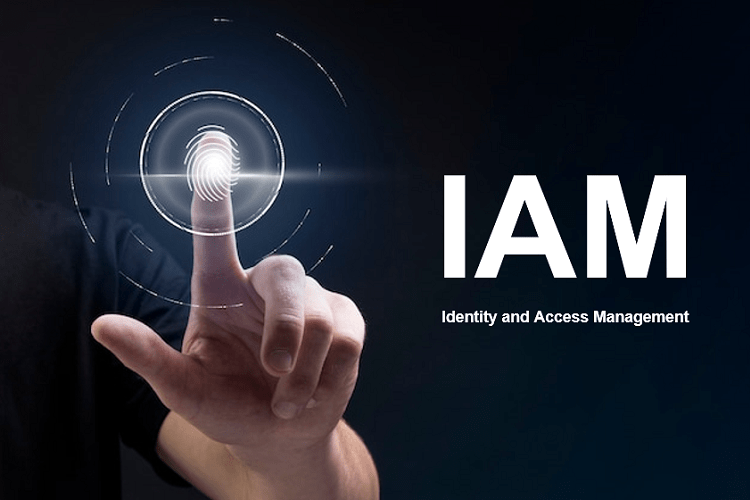
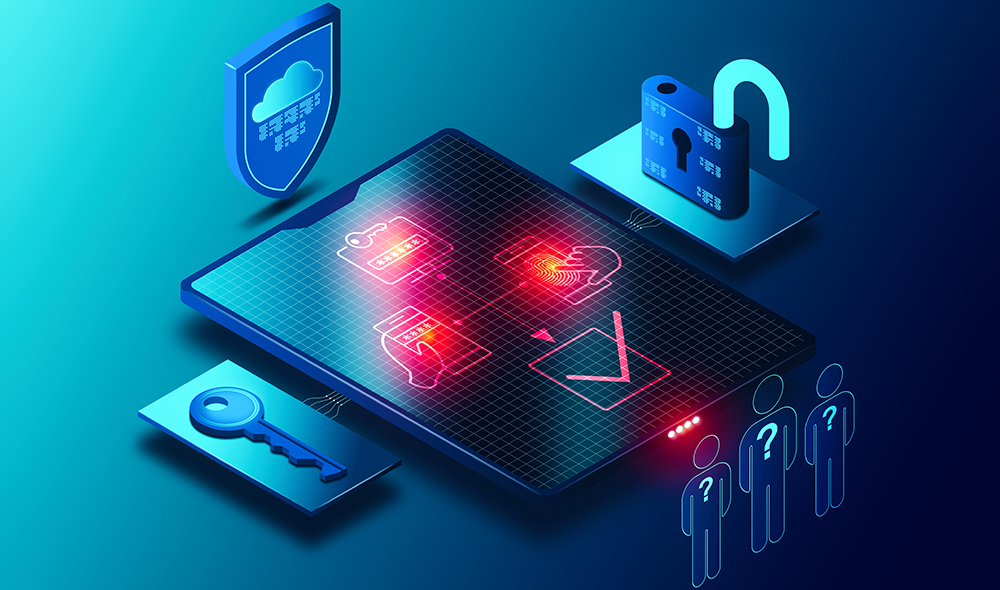
3. Multi-factor authentication (MFA):
Requiring more than one form of authentication to verify the identity of users and prevent unauthorized access.
4. Continuous monitoring:
Implementing real-time monitoring of network traffic, user behavior, and other security-related events to quickly detect and respond to any potential threats.

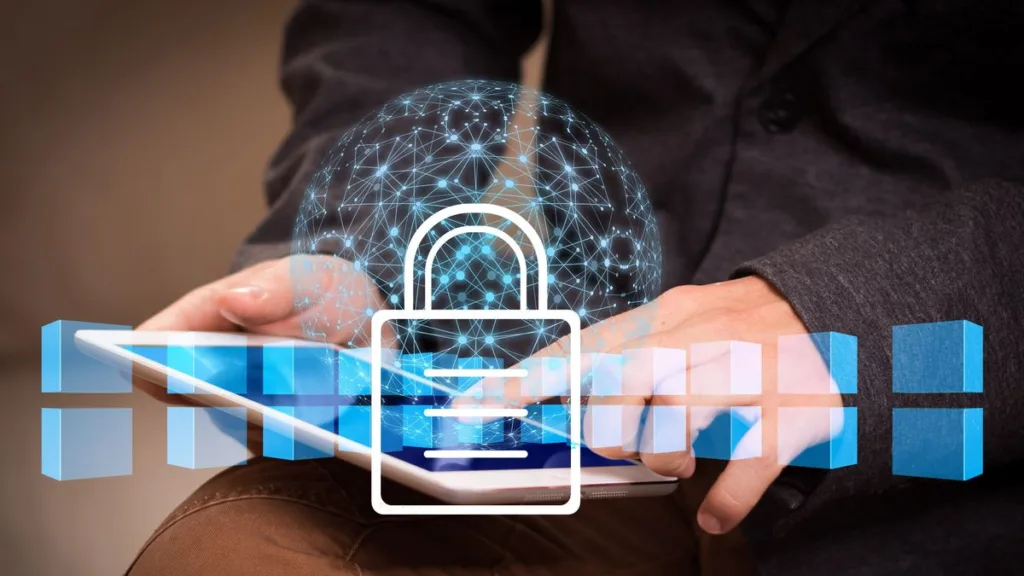
5. Endpoint security:
Using endpoint security solutions to protect devices, such as laptops, smartphones, and IoT devices, from malware and other threats, and to enforce security policies on these devices.
6. Security analytics:
Leveraging security analytics tools to analyze and correlate large amounts of data to detect anomalies and potential security incidents.


7. Security automation:
Implementing automated security processes and responses to quickly address potential threats and vulnerabilities.
8. Encryption:
Implementing encryption to protect sensitive data at rest, in transit, and in use, ensuring that even if data is compromised, it remains unreadable to unauthorized parties.
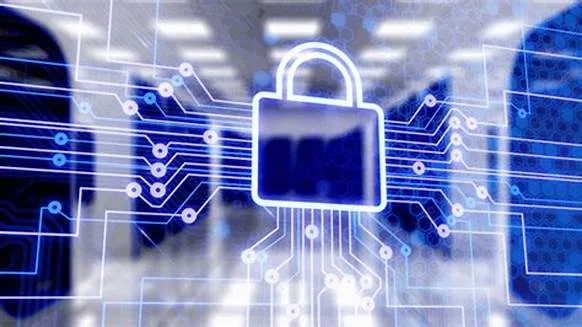

9. Micro-segmentation:
Breaking down the network into smaller, more secure segments to limit the spread of threats and prevent attackers from accessing critical systems and data.
10. Zero-trust policy enforcement:
Implementing and enforcing a zero-trust security model, which assumes that no user or device can be trusted until proven otherwise, and verifies and validates every access request before granting access to resources.
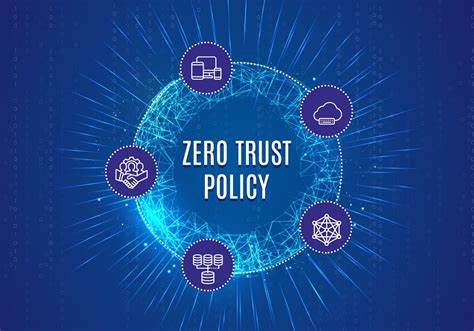
Strategies for Maintaining Zero Trust Network

1. Implement multi-factor authentication for all users accessing the network, including remote users.
2. Regularly review and update access controls to ensure that only authorized users have access to sensitive data and resources.
3. Monitor network traffic and user behavior for any unusual activity that may indicate a security breach.
4. Encrypt all data in transit and at rest to prevent unauthorized access.
5. Segment the network into separate zones with strict access controls to limit the spread of a potential breach.
6. Conduct regular security audits and penetration testing to identify any vulnerabilities and weaknesses in the network.
7. Implement endpoint security measures, such as antivirus software and device encryption, to protect devices connecting to the network.
8. Train employees on best practices for cybersecurity, including how to recognize and respond to phishing attacks and other common threats.
9. Partner with reputable security vendors and service providers to ensure the network is protected against the latest threats.
10. Continuously monitor and update security policies and procedures to adapt to evolving threats and technologies.
Discover the impenetrable shield of cybersecurity for your business. Partner with Eshield IT Services today to fortify your defenses. Reach out to us at Contact us or via email at [email protected]. Direct inquiries and consultations can be made at +971-487-441-45 or through WhatsApp. Safeguard your business while unlocking its true potential










